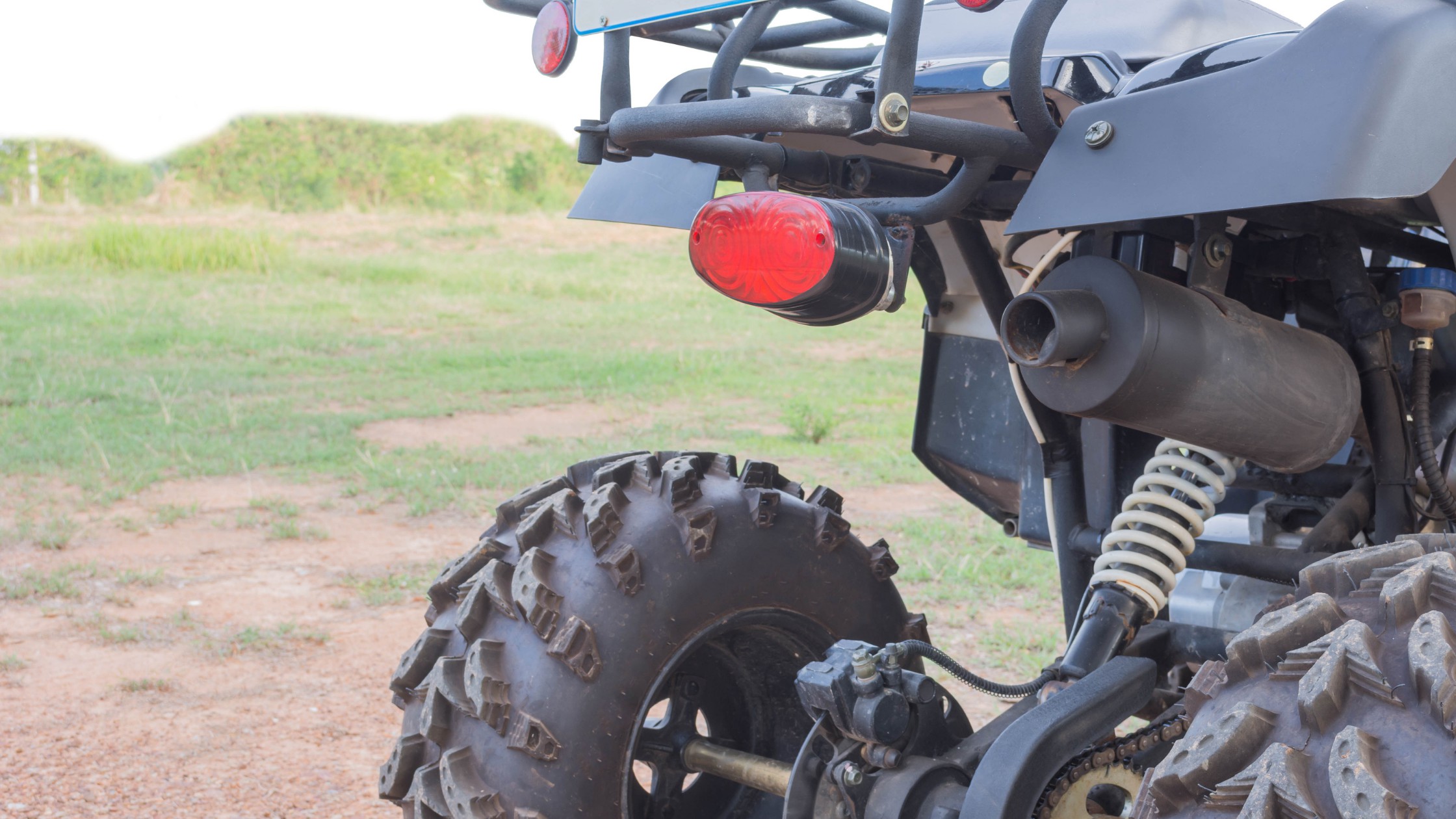Learning how to build an ATV bridge takes many steps to ensure a safe, high-quality structure. All-terrain vehicles (ATVs) are heavy, so it’s best to work with a trusted bridge manufacturer and engineer to build your ATV bridge. They have the expertise and knowledge to help you select the materials and determine the overall design that will result in a safe and long-lasting bridge.
Steps on How to Build an ATV Bridge
Although the steps on building an ATV bridge will slightly differ depending on the design you choose, here are the typical steps you can expect when constructing the bridge.
- Determine the load it will need to hold (people, vehicles, snow, wind, etc.)
- Determine any regulatory or design constraints you might have (permitting, environmental restrictions, etc.)
- Select the design (truss or beam design)
- Choose the bridge materials (fiber reinforced polymer, wood, steel)
- Determine handrail type (if one is needed)
- Choose hardware
- Construct the abutments
- Assemble the bridge – instructions will vary but will include:
- Assembling the pieces across the body of water
- Adding the deck
- Adding the handrails
How Does a Bridge Manufacturer Build an ATV Bridge?
Now that you understand some of the steps involved with designing and constructing an ATV bridge, here’s what you can expect if you work with a bridge manufacturer.
1. Choose the Structural Design
Typically, an ATV bridge can use a truss or stringer design. The manufacturer will consider the load requirements, budget, and other design constraints, to help you choose the best structural design.
The Areté Structures Difference: All our bridges are custom designed by our sister company, Areté Engineers, using the Allowable Stress Design (ASD) Method and/or AASHTO specifications. Areté Engineers is a licensed engineering firm.
2. Review Geotechnical Soil Reports (if necessary)
Depending on the bridge site, you may need a geotechnical report. If so, a licensed engineer will need to review those reports for you and adjust the bridge’s design to meet any constraints.
The Areté Structures Difference: Areté Engineers can review your geotechnical soil reports and provide foundation and abutment designs if needed.
3. Select the Bridge Material
Before selecting the bridge material, remember that it can significantly impact various costs with your project (upfront material cost, transportation, assembly, and future maintenance and repairs). Learn more about the cost comparisons of building a bridge using FRP, wood, and steel.
The Areté Structures Difference: Our team regularly works with the fiber reinforced polymer (FRP) material when manufacturing bridges. FRP is the optimal material for long-lasting and low-maintenance bridges. You can learn more about FRP here.
4. Determine the Remaining Bridge Specifications
Based on the bridge’s needs, the bridge manufacturer will help you determine other bridge specifications, including:
- Hand-railing height
- Safety mid-rails
- Straight or end slopes
- Type of hardware
The Areté Structures Difference: We help instill confidence in our customers through our fabrication process. Every Areté Structures bridge follows a precise manufacturing process when creating the bridge components.
- All bridges have a mechanical camber built into the bridge so there is no appearance of “sagging”
- Parts are manufactured so that there is a hole location and profile tolerance of +/- 1/16”
- Pre-assembly of all essential bridge components to guarantee fit and function before delivery
5. Assembling Your ATV Bridge
Depending on the bridge manufacturer, your bridge will arrive either fully assembled or unassembled with instructions. If you choose either option, consider your budget and available workforce to determine which is best for you.
The Areté Structures Difference: Typically, our ATV bridges will arrive unassembled.
If you chose to have an FRP ATV bridge, then your bridge pieces:
- Are individually labeled for easy assembly
- Are lightweight (FRP is a quarter of steel’s weight)
- Won’t require heavy equipment for placing the bridge
- Can be assembled using unskilled labor
- Will lower your overall construction costs
Learn more about our assembly process here.
Are You Ready to Work with Areté Structures?
Take the next step towards your ATV bridge project with Areté Structures. You can contact us with any questions or request a quote to get started.

